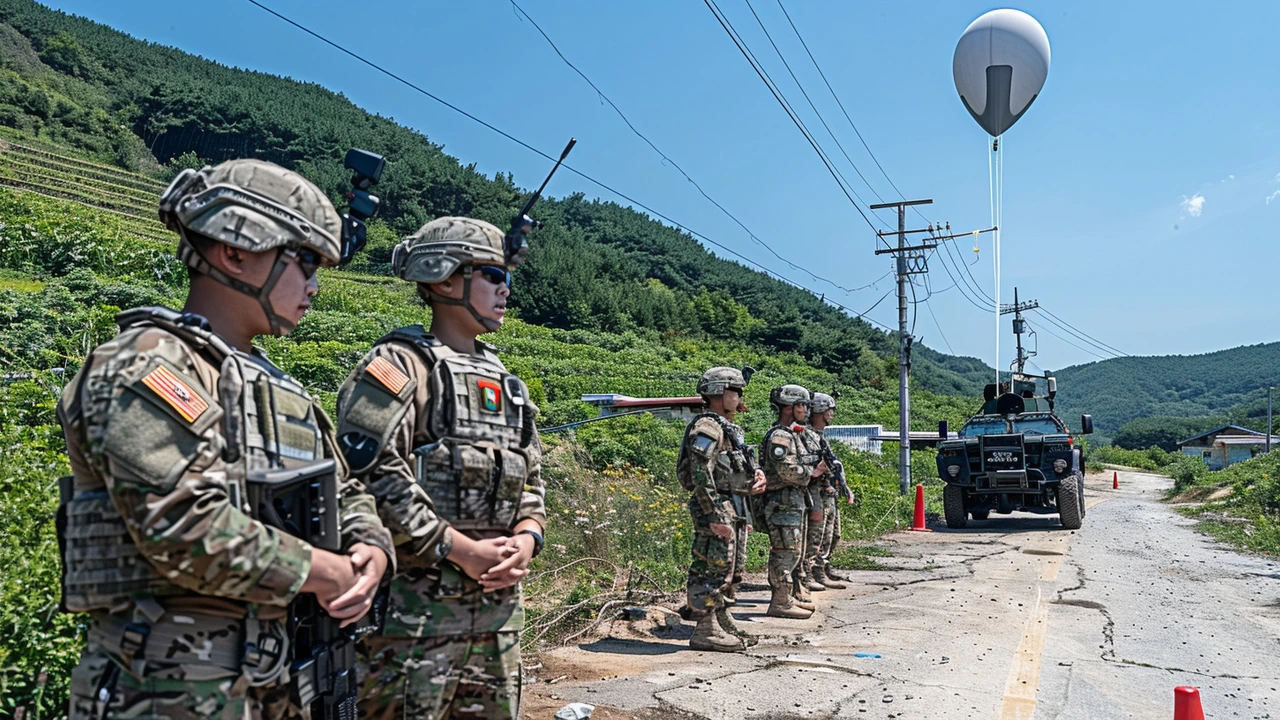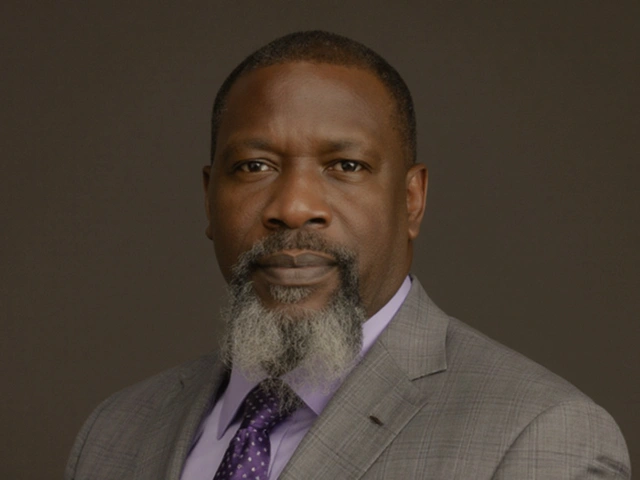Propaganda: How to Spot It and Why It Matters
Propaganda isn't just old posters or loud slogans. Today it moves fast on social media, TV and even in mainstream news. It shapes what people believe and can push whole communities toward anger or action. In Africa, we've seen how selective facts and emotional messaging fuel xenophobia, political rows, and unrest. Knowing how to spot propaganda helps you think clearly and stay safe.
How to spot propaganda
Check who benefits: ask who gains if this story spreads. Propaganda usually favors a person, group, or agenda. Look past the headline — does the same story appear on respected outlets or only on a few accounts tied to one side?
Watch the tone: propaganda uses extreme emotion. If a post aims to scare, humiliate, or spark rage, pause. Strong words, dramatic images, or repeated claims with little evidence are red flags.
Verify photos and videos: images get recycled. Do a reverse image search or check metadata when possible. Deepfakes and edited clips are getting better, so cross-check with reliable sources before you share.
Check sources and dates: real reporting names witnesses, documents, or official records. Propaganda often cites anonymous or unnamed sources, or it reuses old footage and calls it new. Dates matter—out-of-context clips can mislead.
Look for missing context: propaganda simplifies complex issues into a single villain or hero. If a story leaves out background, numbers, or opposing views, dig deeper.
What you can do
Pause before sharing. That tiny pause stops many false narratives. Read the whole article, not just the headline. If it prompts a big emotional reaction, slow down and check facts.
Cross-check with local and international outlets. A claim repeated by many independent reporters is more credible than a single viral post. Use fact-checkers and digital tools—reverse image search, video verification, and browser extensions that flag known hoaxes.
Ask questions out loud: who posted this, who benefits, where’s the proof? If you’re unsure, don’t forward it. Encourage friends and family to do the same. Your feed shapes other people’s views more than you think.
For journalists and community leaders, be transparent. Name sources, show documents, and correct mistakes quickly. Clear sourcing and context reduce the space where propaganda grows.
Propaganda works when people act without checking. Use simple checks—who benefits, where’s the proof, does the image match the claim—and you’ll dodge most traps. If you want, read our coverage on topics like rising xenophobia in South Africa, political returns in DR Congo, or high-profile incidents in local politics to see how narratives form and spread. Staying curious and skeptical keeps you informed and helps protect your community.
North Korea has announced it will cease sending trash-filled balloons into South Korea, deeming the campaign successful. The move follows Seoul's warnings against the provocations. However, North Korea cautioned that it will resume the action if South Korean activists continue sending anti-regime propaganda via balloons.
Recent-posts
Jun, 26 2024





